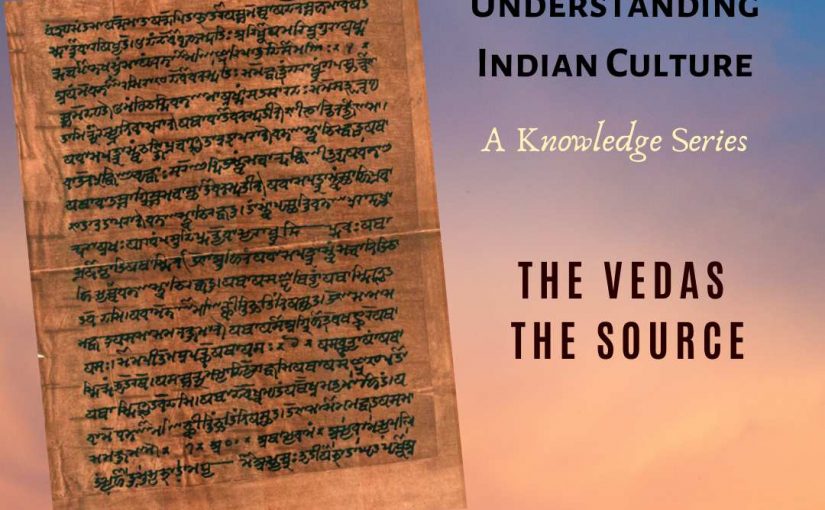The culture of a community or nation is based upon the values that its people live and uphold in their lives. These values themselves are derived from a philosophy or ‘source book’ propounded either by one person or by a group of people. For the Hindu Culture, the Vedas are the ‘source book’ [of knowledge for its philosophy and values].The Veda, which was originally one, was classified into four: Rig Veda, Sama Veda, Yajur Veda, and Atharva Veda. The word Veda is derived from the Sanskrit verbal root ‘vid,’ ‘to know’, and is generally translated as ‘the treasure of knowledge’ or ‘the source or means of knowledge’. Many people mistakenly think that the Hindu Culture speaks completely about other worldly matters and not about the world we live in. That is not true. The fact is that the Vedas contain knowledge about many fields of worldly science. The six limbs or shadangas of the Vedas are phonetics (shiksha), the code of rituals (kalpa), grammar (vyakarana), etymology (nirukta), literature and metrical compositions (chandas) and astronomy (jyotisha).
Along with these six branches, there are also the four Upavedas or sub-Vedas, consisting of the four sciences of medicine (Ayurveda), archery (Dhanurveda), music, dance, drama (Gandharvaveda) and architecture (Sthapatyaveda or Vastu Shastra). Since the ancient tradition of passing on these branches of knowledge from teacher to student has been lost, we think that the Vedas contain nothing relevant for us today. The fact is that the Vedas speak of all aspects of human life.
